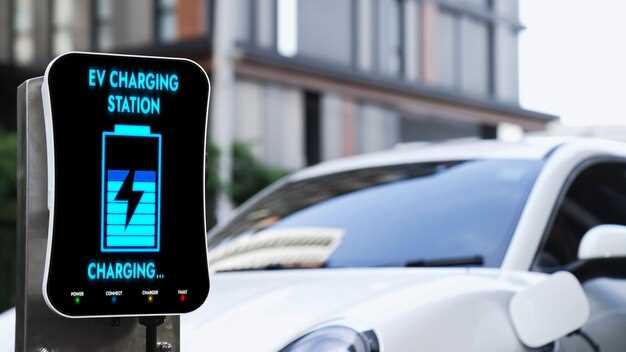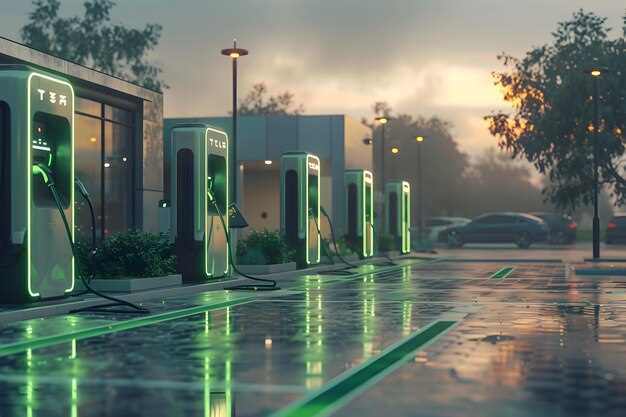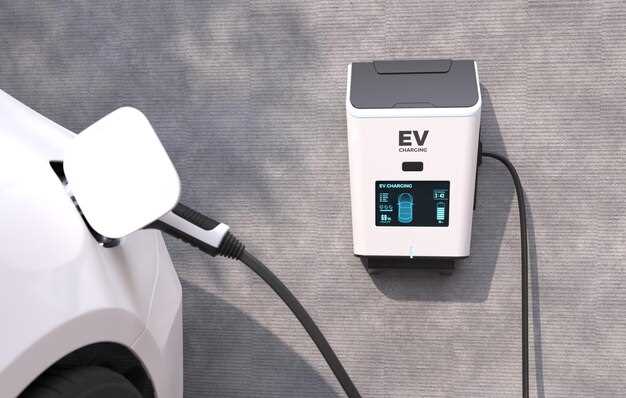
The rapid growth of electric vehicles (EV) has prompted the development of extensive charging networks to accommodate the increasing demand. In the forefront of this transformation are two significant players: Tesla and Electrify America. This comparison aims to delve into the intricacies of these two charging stations, examining their infrastructure, accessibility, and user experience.
Tesla’s charging network has consistently been praised for its integration with the company’s EV models. The station layout, rapid charging capabilities, and user-friendly interface make it a popular choice among Tesla owners. However, the footprint of Tesla’s infrastructure is largely restricted to its own vehicles, raising questions about inclusivity and market reach.
On the other hand, Electrify America offers a more open platform designed to serve a broader range of electric vehicles. With a commitment to building a nationwide charging network, Electrify America provides various charging options that cater to multiple EV models. This analysis will explore how each network’s approach affects the overall charging experience and the implications for EV users moving forward.
Charging Speed and Performance Differences Between Tesla Superchargers and Electrify America Stations
When evaluating the charging speed and performance of electric vehicle (EV) charging networks, the distinctions between Tesla Superchargers and Electrify America stations become evident. Both networks play significant roles in the growth of the EV market, yet they cater to different user needs and preferences.
Charging Speed

The charging speed at any station is a critical factor for EV users. Here’s a comparison of the typical charging rates:
- Tesla Superchargers: They can provide charging speeds up to 250 kW with the latest V3 Supercharger technology. This allows Tesla vehicles to charge from 10% to 80% in approximately 20-30 minutes under optimal conditions.
- Electrify America Stations: Electrify America offers varying charging speeds between 150 kW and 350 kW, depending on the station and vehicle compatibility. However, many EV models may not fully utilize the highest charging speeds, leading to charging times that can range from 30 minutes to over an hour.
Performance Consistency
Performance consistency refers to how reliably a charging station can deliver its advertised speeds:
- Tesla Superchargers: Tesla’s network is known for its high availability and performance consistency. Most Supercharger stations deliver expected charging rates, with minimal fluctuations.
- Electrify America Stations: While Electrify America has made significant improvements, some users have reported variability in charging performance and availability, potentially leading to longer wait times and less predictable charging experiences.
Vehicle Compatibility
The diversity of EV models that can utilize each station plays a role in overall charging speeds:
- Tesla Superchargers: Exclusively supports Tesla vehicles, ensuring optimized performance and speed tailored to Tesla’s battery architecture.
- Electrify America Stations: Supports a wide range of EV brands, including those using CCS and CHAdeMO connectors. However, charging speeds may vary by vehicle compatibility and charging protocol.
Conclusion
In the overall comparison of charging speed and performance, Tesla Superchargers generally provide a more consistent charging experience with faster speeds for Tesla vehicles. On the other hand, Electrify America offers broader compatibility for various EV models, albeit with varying performance levels. Users should consider their specific vehicle needs and charging patterns when choosing between these two charging networks.
Availability and Accessibility: Mapping Tesla and Electrify America Charging Locations

The availability and accessibility of electric vehicle (EV) charging stations play a crucial role in the overall viability of EV ownership. Tesla and Electrify America have developed distinct charging networks, each with unique features affecting their reach and convenience. Tesla’s Supercharger network is renowned for its extensive coverage, strategically placed along major highways and urban centers. This allows Tesla owners to enjoy a seamless travel experience, minimizing range anxiety.
In contrast, Electrify America has focused on establishing charging stations in high-traffic locations, such as shopping centers, public parking lots, and along busy corridors. While the total number of Electrify America stations is growing rapidly, the distribution may not be as widespread as Tesla’s, especially in rural areas. However, Electrify America offers fast charging capabilities compatible with a variety of EV brands, which expands its appeal to a broader audience.
Mapping these charging locations reveals that Tesla’s stations are often clustered in areas frequented by Tesla owners, reinforcing brand loyalty. Meanwhile, Electrify America’s network emphasizes accessibility for all EV users, promoting inclusivity in the electric mobility landscape. The challenge lies in ensuring that both networks can continue to adapt and expand to meet the ever-increasing demand for charging infrastructure as the adoption of electric vehicles continues to rise.
In conclusion, the availability and accessibility of charging stations are critical factors for EV users. Tesla’s Supercharger network excels in convenience for Tesla drivers, while Electrify America’s efforts toward wider compatibility and location diversity cater to a multi-brand user base. Understanding the unique attributes of both networks helps EV owners make informed decisions about their charging needs.
Cost Analysis: Pricing Structures for Tesla Supercharging vs Electrify America Charging
The cost structure of charging stations plays a crucial role in the overall ownership experience of electric vehicles. Tesla’s Supercharging network offers a straightforward pricing model primarily based on kWh used or a per-minute rate, depending on local regulations and charging speed. Users can anticipate charging costs averaging around $0.25 to $0.50 per kWh, with some locations featuring idle fees to encourage timely departure from the station.
Electrify America, on the other hand, employs a more complex pricing strategy, which varies based on charging speed and membership status. Standard pricing for non-members typically falls within the range of $0.43 to $0.66 per kWh, while members can access reduced rates, making it essential for drivers to consider membership benefits. Furthermore, charging costs may fluctuate based on time-of-day pricing, promoting usage during off-peak hours.
In a direct comparison, Tesla’s pricing tends to be more predictable and user-friendly, while Electrify America provides options that could be more economical for frequent users who invest in a membership. Understanding these pricing structures is vital for EV owners as it directly impacts their charging expenses and overall vehicle ownership costs.
Ultimately, the choice between Tesla Supercharging and Electrify America depends on individual driving habits, charging preferences, and the types of stations available along frequently traveled routes. Evaluating these factors can help drivers make informed decisions about their charging networks and associated costs.
